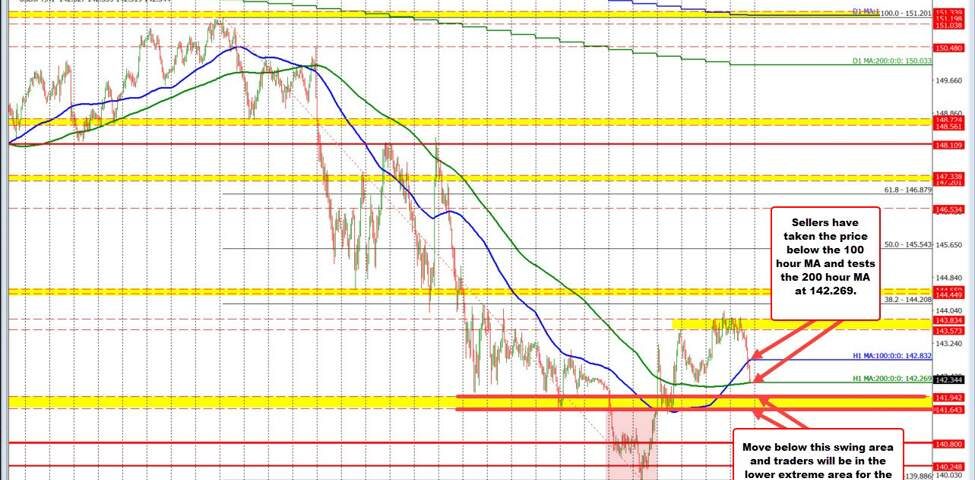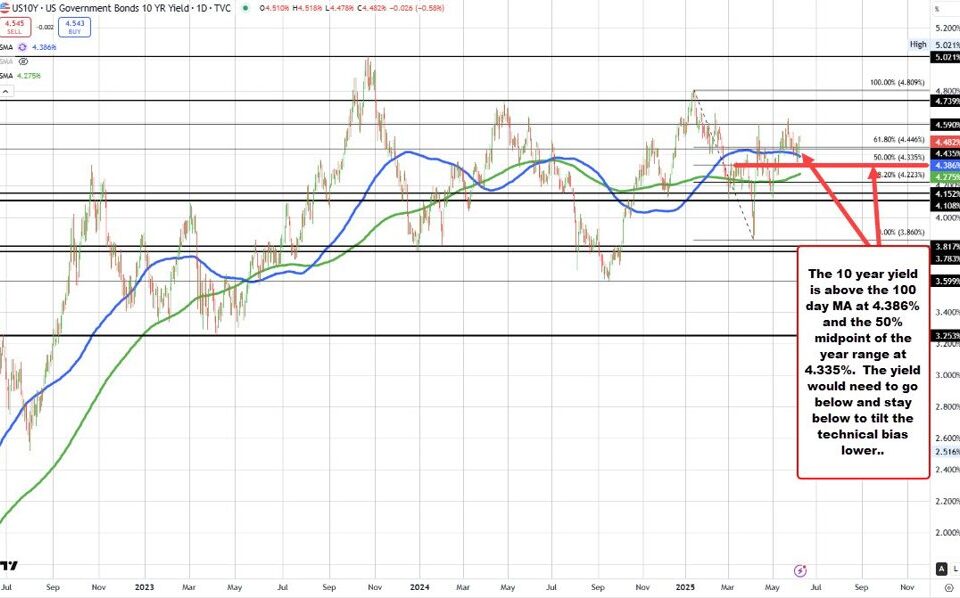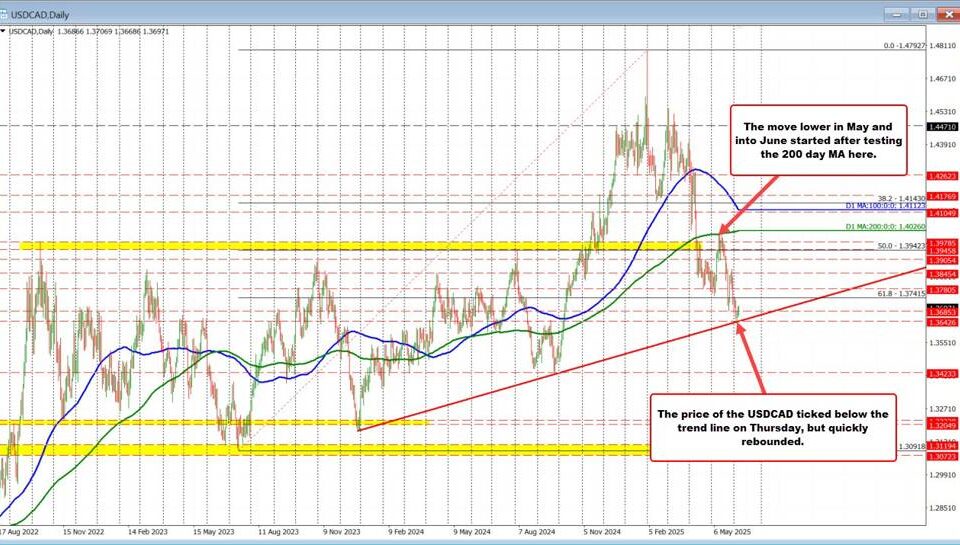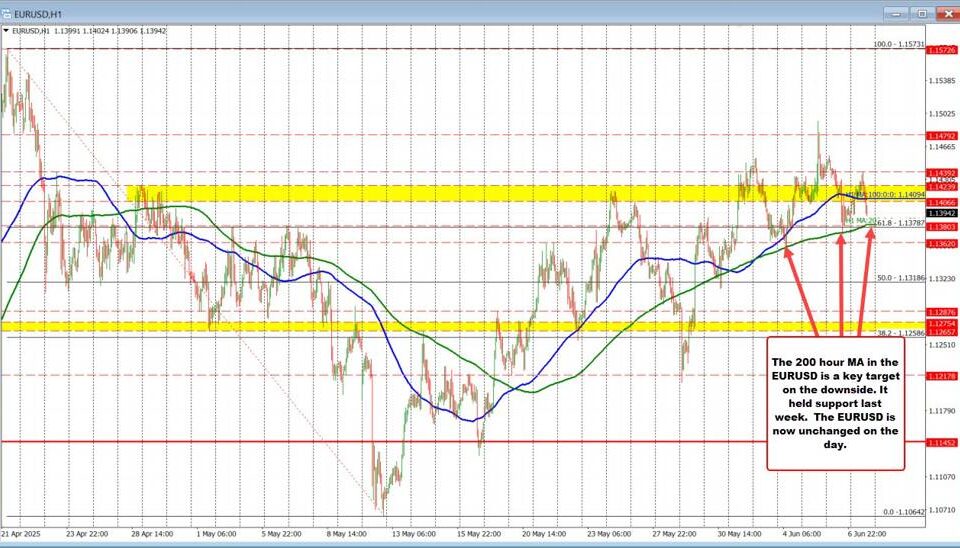
Wealthy Consumers Uncovered: Spending Trends and Insights for Businesses
Tháng 4 28, 2025What to Expect from the Q1 2025 US GDP Report: Growth Rates, Challenges, and Predictions
Tháng 4 28, 2025Analyzing the Recent Decline of the USD/JPY Currency Pair: Key Insights and Market Implications
The USD/JPY currency pair has made headlines recently as it plummets to new lows, presenting a backdrop of a bearish sentiment in the foreign exchange market. As the pair tests the crucial 200-hour moving average (MA), market participants are keenly watching for developments that could influence future trends. This article delves into the current state of the USD/JPY pair, analyzing pivotal factors fueling this decline and its potential repercussions.
Recent Movement and Technical Analysis
The USD/JPY pair has notably dropped towards the key level of 143.00, with the significant technical point originally set on April 22 at 139.886 for 2025. If the market manages to hold this level, traders may pivot their focus towards the higher resistance located at the 100-hour MA, which currently stands at 142.832. This technical framework sets the stage for a potentially volatile trading environment, especially in light of upcoming events and economic indicators.
Market sentiment remains cautious as the Japanese Yen emerges stronger ahead of the Bank of Japan’s (BoJ) upcoming policy meeting. Expected to maintain its current interest rate at 0.5%, the BoJ’s decisions will play a pivotal role in shaping yen dynamics going forward. This anticipation is compounded by lingering global economic uncertainties, particularly surrounding US-China trade relations and ongoing tariff discussions that are affecting currency values. For an in-depth look at these trade dynamics, refer to the analysis provided here: Three Strategic Moves by China’s Xi.
Influencing Factors Behind the Yen’s Strength
Several interconnected factors explain the yen’s recent performance, which has shown resilience against the US dollar, euro, and British pound over the past weeks. Notably, there has been a concerted push from US officials, including Treasury Secretary Scott Bessent, suggesting a desire for reduced tariffs between the US and China. This development carries implications for trade negotiations and global economic stability, influencing forex movements, including the USD/JPY pair.
Furthermore, the latest Commitment of Traders (COT) report from April 22 highlights a significant short position in USD futures, amounting to approximately -$14.8 billion. This indicates a prevailing bearish sentiment towards the US dollar and reinforces the yen’s strengthening position against it. The bearish sentiment is additionally mirrored in the failure of the US Dollar Index (DXY) to maintain levels above 100.00 following a brief recovery, underscoring the broader dollar weakness. Investors should also consider the importance of monitoring market dynamics closely, as discussed in this blog: Top 4 Stocks Major Midday Moves: Rocket Lab & More.
Conclusion: Navigating Future Volatility
In light of the USD/JPY’s sobering decline and its testing of the 200-hour MA, traders and market analysts are advised to proceed with caution as the BoJ meeting approaches. Future market volatility is contingent not only on the central bank’s decisions but also on the unfolding developments in global trade scenarios. The interplay between these dynamics could signal further shifts in the USD/JPY currency pair, making it essential for investors to stay informed and responsive to incoming data and policy changes. Remembering to avoid common investment mistakes can also aid traders—more on this can be found in: Top Investment Mistakes to Avoid in 2023.
Understanding the technical and fundamental context surrounding the USD/JPY pair will be critical in navigating the uncertain waters ahead. By integrating this knowledge with awareness of broader economic trends, traders can make more informed decisions while adapting to potentially fluctuating currency movements.




